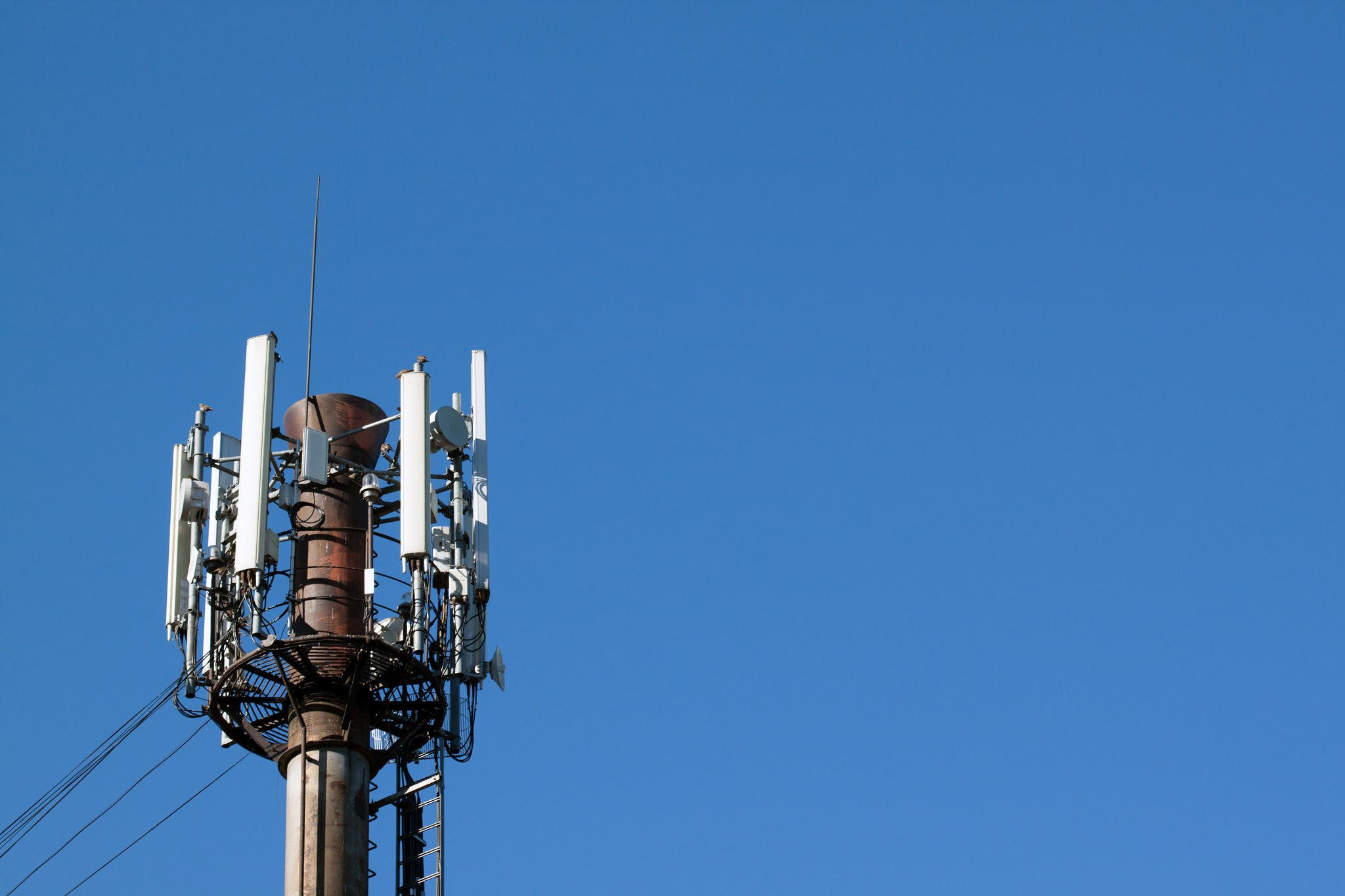

A guyed mast in the suburbsĪ guyed mast is technically not a tower at all. The way that towers look and the heights they reach are determined by the area they occupy and the needs of subscribers on the ground.

There are several types of towers and sites out there. Click to embiggen the disguised sites below. They pose as indigenous trees, cacti, steeples, or even art installations. Some are designed to go unnoticed, lurking behind facades. Many of them are built on rooftops, and some are perched atop streetlights. Many of them are owned by companies like American Tower who lease out the space. The tower may not be owned by any cell carrier, however. Each one that comes after takes the next highest slot. Whatever carrier got there first takes the highest elevation for their antennas. The tower itself may be shared by one or more carriers that each has their own cell site. A cell tower is just the structure that elevates the antennas and supports equipment. This includes the antennas that cover different cellular frequency bands, the signal amplifiers, the on-site processing equipment, and the backhaul connection to the core network. A cell site or BTS encompasses all the equipment needed to transmit and process cellular signals between devices.

You might see ‘cell site’ and ‘cell tower’ used interchangeably, but these terms are not synonymous. Technically speaking, they are called Base Transmitter Stations (BTS). Cellular antennas on a lattice tower.Ī cell site is mainly two things: arrays of two-way antennas that operate on cellular frequencies, and the equipment that makes that possible. In this article, I’m going to focus on a particular species of communications tower - the cellular kind. AM radio and other low-frequency towers fall into this category.
Most towers simply elevate and support communication antennas, but there are some called mast radiators that actually act as the antenna themselves. They transmit one-way broadcasts like AM/FM radio and television signals while also handling two-way cellular traffic using various protocols. Some towers serve several kinds of signals. But what do you know about them?Ĭommunication towers are all around us in various shapes and forms. The most recognizable part of that infrastructure is the communications tower. It takes a lot of infrastructure to support them, whether or not we use them as phones. When it comes to cell phones, seamless network coverage and low power draw are the ideals that continually spawn R&D and the eventual deployment of new equipment.Īlmost all of us carry a cell phone these days. The longer communication’s reach, the smaller the world becomes. The need for clear and reliable communication has driven technology forward for centuries.


 0 kommentar(er)
0 kommentar(er)
